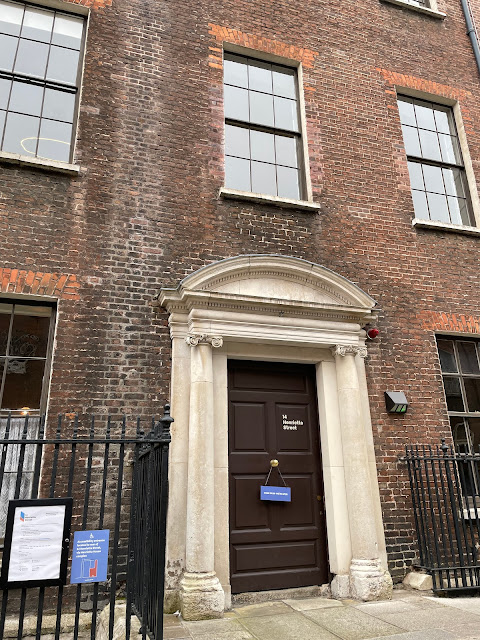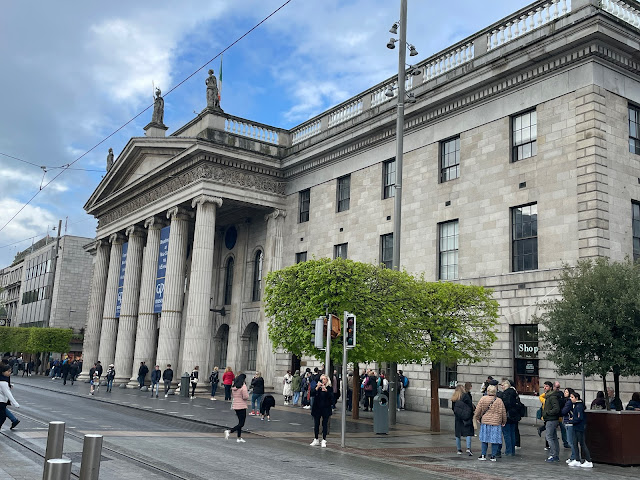Thank you

I would like to thank so many people for making my participation in this course possible. First, without the funding of the Erasmus+ KA1 project this would not have been possible. Second, our school has been open and encouraging throughout the process. Third, the course organiser, InterEducation, provided a varied, well-organised course where I learned more than I could have imagined. Fourth, the group of teachers from around Europe was amazing. It was rewarding to share experiences with like-minded people. Fifth, the host families opened their homes to total strangers and gave us a warm welcome. And last, thank you to my family for their support. Tämän matkan mahdollisti koulumme Erasmus -projekti. Kiitos siis opistomme avoimuudesta osallistua tällaiseen projektiin ja kiitos Erasmukselle, joka antoi tähän mahdollisuuden. Kiitoksen ansaitsee myös kurssin organisoija InterEducation. He räätälöivät kurssin toiveidemme mukaan ja valmistivat todella monipuolisen ja antoisan ohjelman. Opin ...


